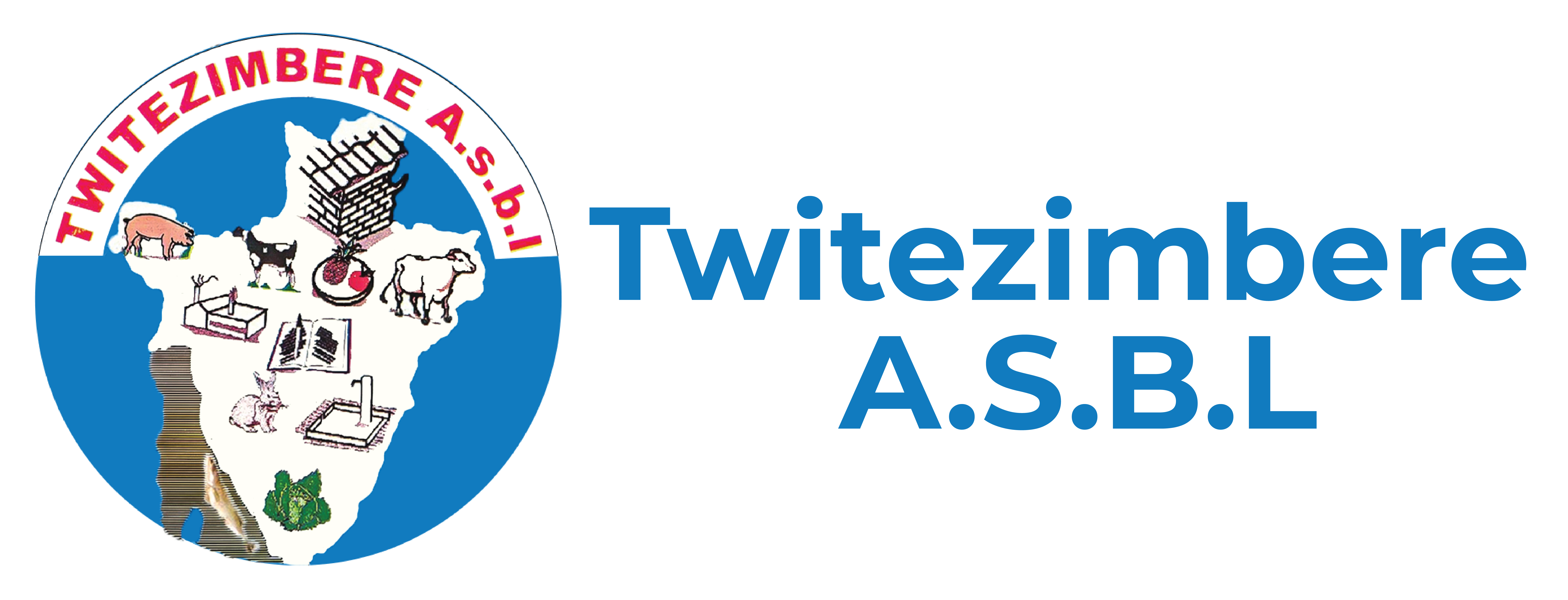⦁ Preamble and areas of intervention
The Dolomite Pilot Project initiated within the framework of PAGRIS by IFDC in collaboration with MINEAGRIE makes it possible to promote the use of dolomite in Burundi in order to sustainably restore soil fertility. Thus the addition of dolomite makes it possible to correct acidity and make other inputs added to the soil more efficient and more profitable through an integrated approach: optimal use of dolomite, manure, fertilizers, improved seeds, soil protection and other good agricultural practices in order to significantly and sustainably increase farmers' yields and profits. As part of this project, the areas of intervention of TWITEZIMBERE are: Bubanza (Bubanza and Rugazi), Bujumbura (Nyabiraba), Cibitoke (Mabayi), Karusi (Buhiga, Mutumba and Nyabikere), Muyinga (Muyinga), Mwaro (Gisozi and Rusaka), Makamba (Makamba) and Rumonge (Rumonge).
⦁ Context and presentation of the project
The soil acidity and fertility maps of Burundi validated in January 2022, supplemented by a feasibility study of the profitability of the dolomite sector in Burundi having been conducted by experts from RODEVA, FABI, ISABU and IFDC (International Fertilizer for Development Center), showed that 73% of Burundi's soils are very strongly to strongly acidic. This represents 1,651,625.7 ha of acidic soils out of the 2,267,722.4 ha with agricultural potential. It is in this context that the Dolomite Pilot Project is there and aims to correct the acidity of the soils in the areas of intervention of TWITEZIMBERE ASBL mentioned above and are considered priority or very strongly acidic. To target the beneficiaries of dolomite, these criteria are taken into account: very strongly acidic soils (pH less than 5), field size not exceeding 1ha, respect for the integrated approach (selected seeds, presence of vegetated contour lines , agroforestry trees, existence and accessibility of dolomite storage sheds, adjacent hills, etc.). These targeted populations need dolomite to correct the acidity of their fields and the quantity to apply varies from 2200 to 3800 kg/ha depending on the pH measurements and the surface area of their fields. There are multiple advantages in intervention areas: there is greater awareness of the problem of soil acidity, a desire to invest in liming, the demand for dolomite continues to increase, doubling for each growing season following the very good agricultural yields obtained from the first year of project implementation.
⦁ Approche/stratégie mise en œuvre
The approach or strategy implemented is to show the relevance of the use of dolomite through an integrated approach, close collaboration, involvement of several strategic partners and evaluation. This strategy makes it possible to achieve the main objective of the project which consists of promoting the application of dolomite in Burundi in order to sustainably restore soil fertility and thus contribute to strengthening the food and nutritional security of Burundian households. The results of the project are: (1) Approximately 30,000 tonnes of dolomite distributed to approximately 70,000 beneficiary households; (2) Dolomite is correctly used in pilot fields (application 1 month before sowing and compliance with recommended dosages); (3) The integrated agricultural approach is practiced over the entire pilot area; (4) Per hill, one demonstration field (school field/learning field) is operational in the pilot areas.
⦁ Main Project activities.
The main activities of the project are: Targeting beneficiaries, identification of storage sheds, establishment of dolomite management commissions, identification of demonstration fields, comparison and learning centers, soil sampling and pH measurement, receiving the dolomite delivered by suppliers, distribution of dolomite to beneficiaries, application of dolomite in beneficiaries' fields, capacity building of beneficiaries and structuring of beneficiaries grouped into learning centers and connecting them with multi-actor partners via communications networks.

